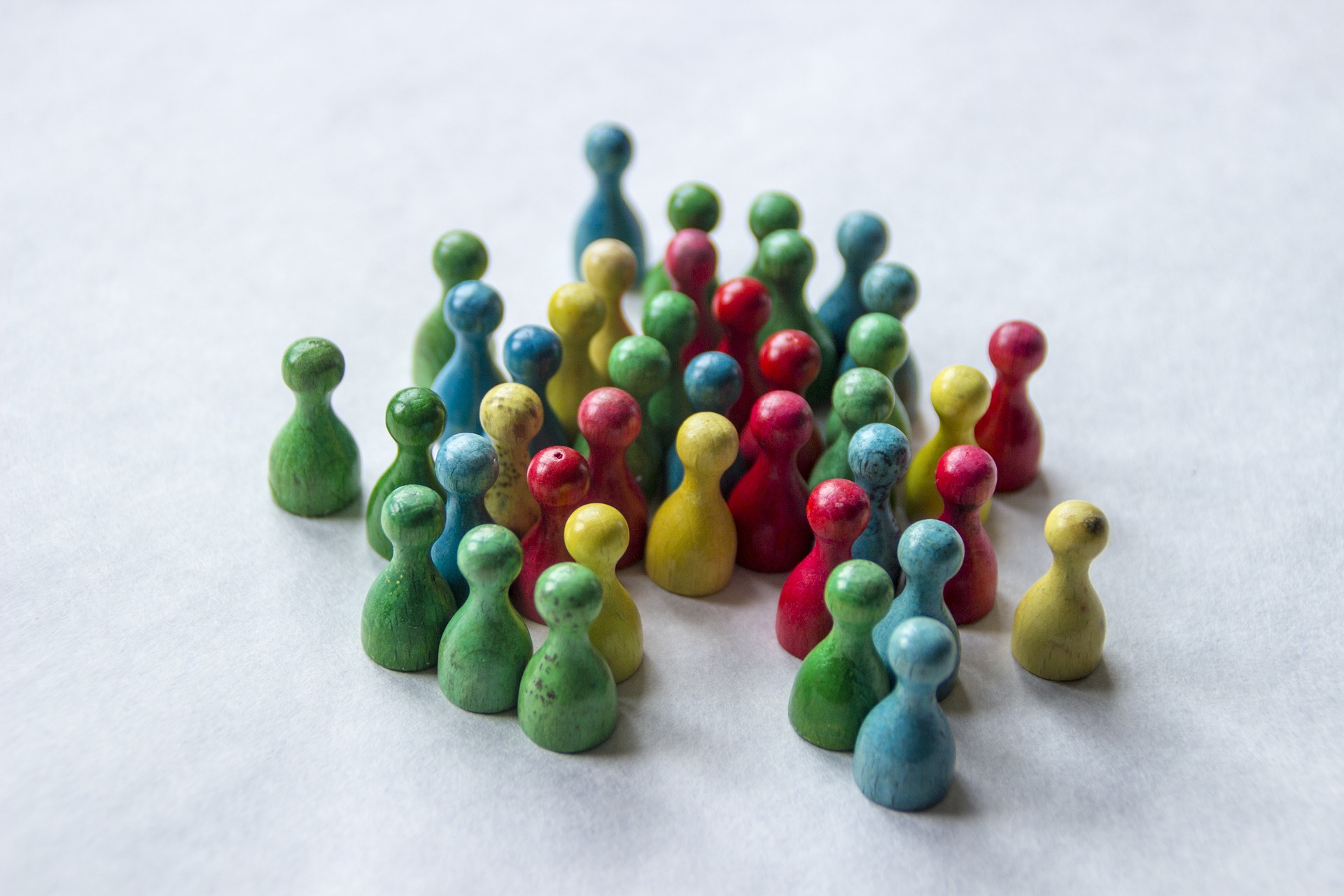The Intriguing Interplay of Materialism and Minimalism in Modern Society
The dichotomy of materialism and minimalism continually shapes the social and cultural landscapes of contemporary society. Materialism, defined by the relentless pursuit of possessions, contrasts sharply with minimalism's philosophy of living with less. This article delves into the fascinating interplay between these two paradigms, their historical context, societal implications, and how they mold the modern world.

The Historical Context and Societal Developments
Materialism and minimalism are not new concepts; they’ve been shaping society for centuries. The Industrial Revolution in the late 18th and early 19th centuries spurred a culture of materialism. The newfound ability to mass-produce goods led to an increase in consumption and a growing obsession with material wealth. On the other hand, minimalism has roots in various cultures and philosophies, such as Zen Buddhism’s emphasis on simplicity and detachment from material possessions.
The Current Trends and Societal Shifts
Today, society stands at a crossroads between materialism and minimalism. While the consumer culture continues to thrive, there’s a growing shift towards minimalism, particularly among millennials and younger generations. This shift is driven by factors such as environmental awareness, the desire for financial freedom, and the pursuit of mental clarity and happiness.
Materialism to Minimalism: A Cultural Phenomenon
The transition from materialism to minimalism is a significant cultural phenomenon. This shift is evident in various aspects of contemporary life, from decluttering and sustainable living trends to the popularity of minimalist design in architecture, interior decor, and digital platforms.
Implications and Significance of This Shift
The movement from materialism to minimalism carries profound implications. Materialism, associated with higher levels of stress and lower life satisfaction, often leads to a ‘hedonic treadmill’ effect where individuals continually seek more to maintain their happiness levels. Minimalism, however, promotes contentment with less, resulting in reduced stress, increased savings, and a lower environmental footprint.
Shaping Modern Society
The interplay between materialism and minimalism is molding modern society in multiple ways. It’s changing consumption patterns, promoting sustainable lifestyles, influencing design aesthetics, and even shaping mental health discourse. Whether one chooses to embrace materialism, minimalism, or a balance between the two, it’s clear that these paradigms significantly impact our lives and society.
In conclusion, the dynamic between materialism and minimalism presents a captivating study of societal evolution. As we continue to navigate this complex interplay, we must be mindful of its implications on our lives and the world around us. As society continues to evolve, the balance between materialism and minimalism will undoubtedly remain a compelling topic of discussion and exploration.




